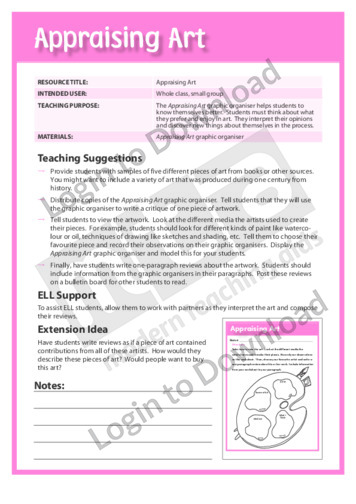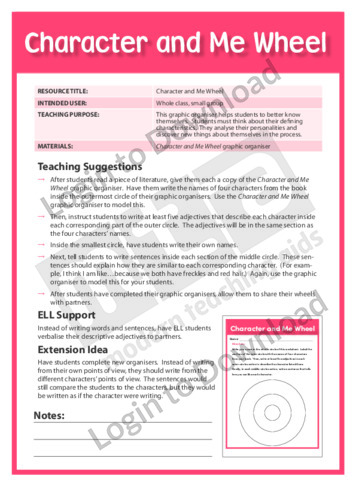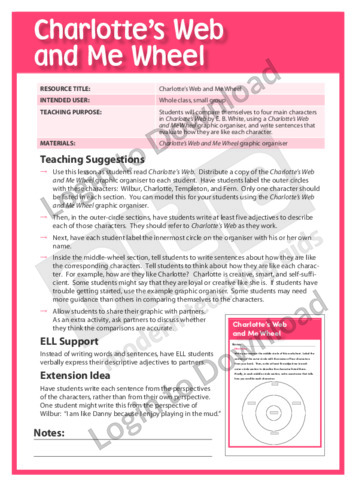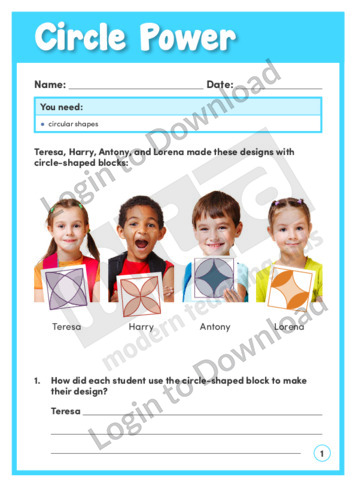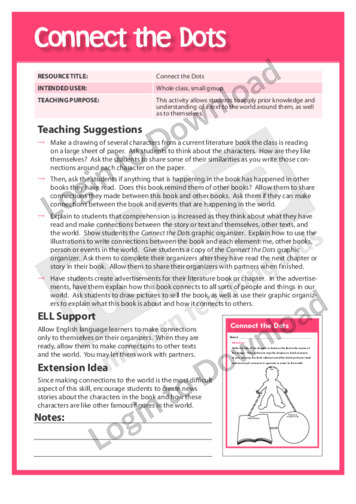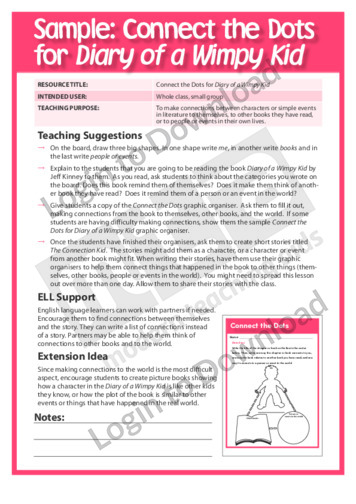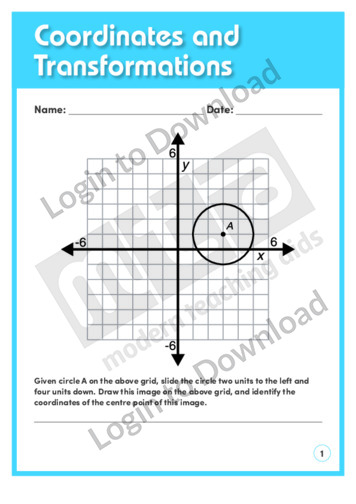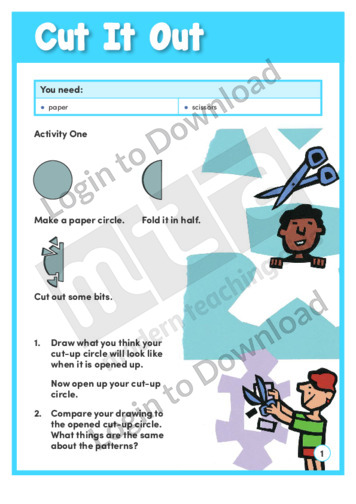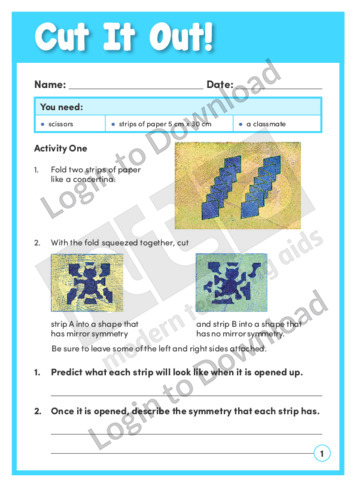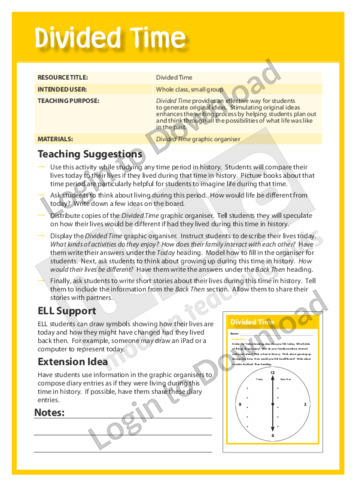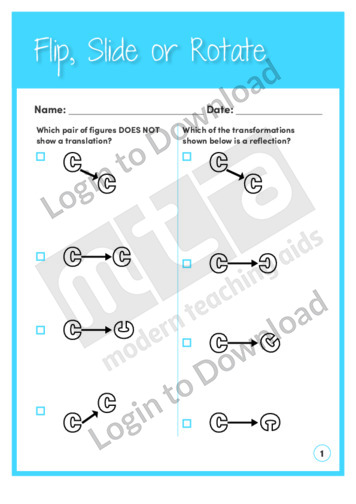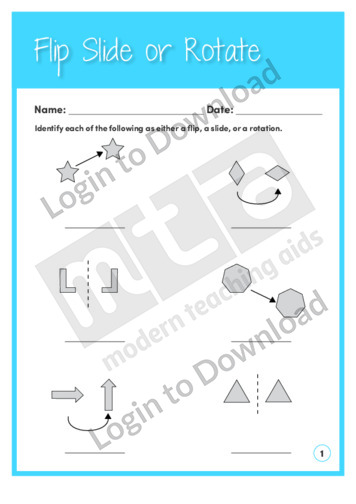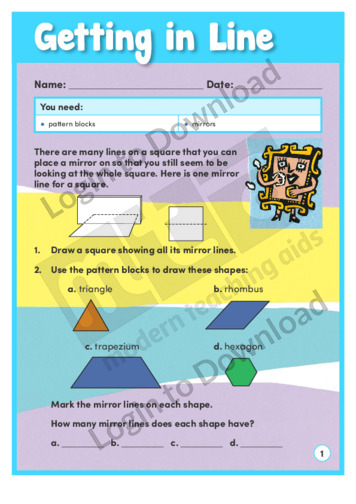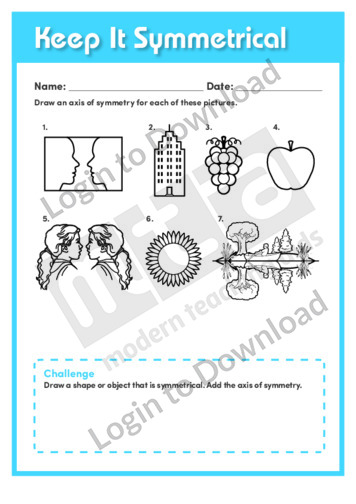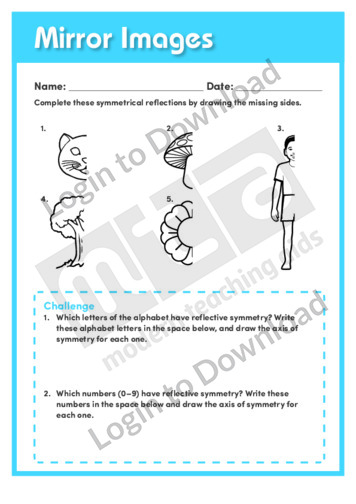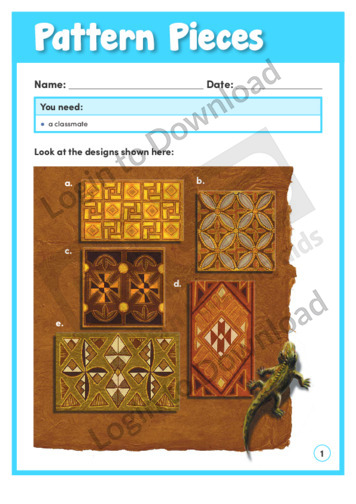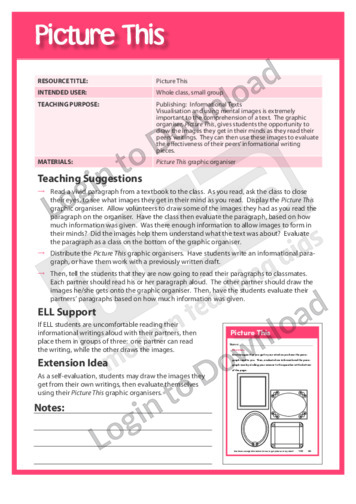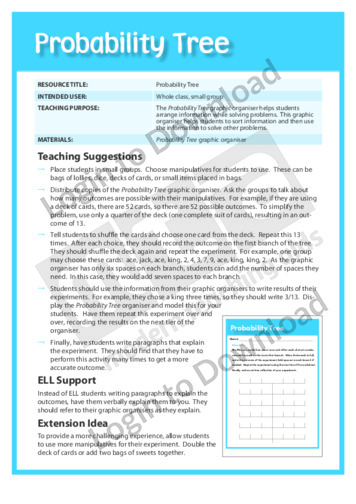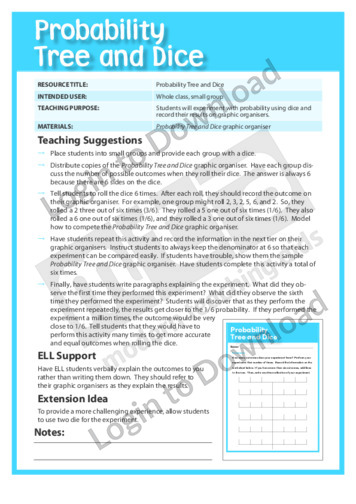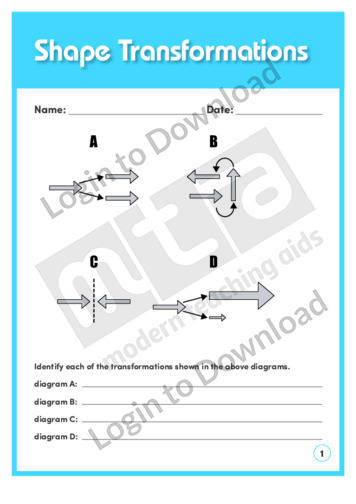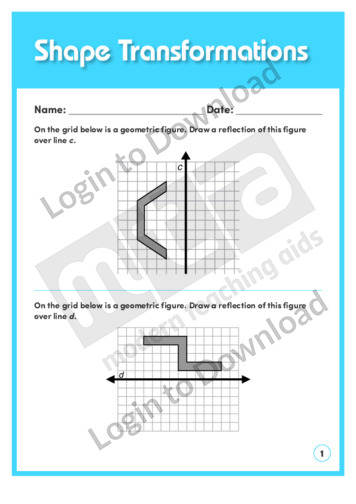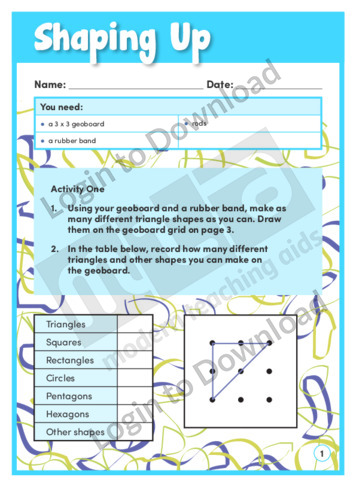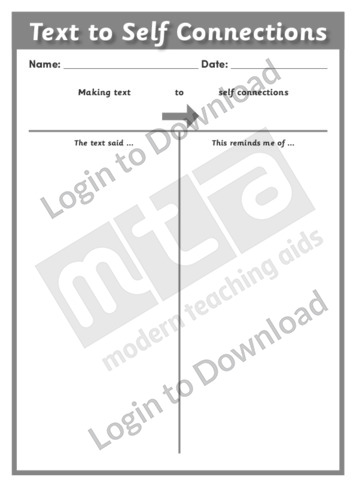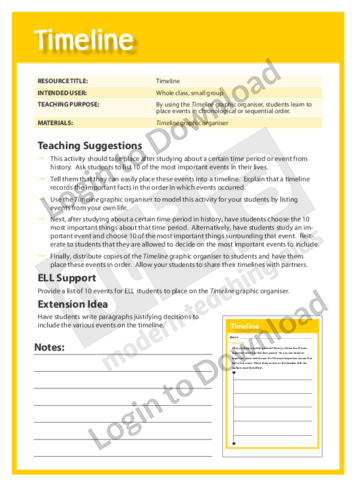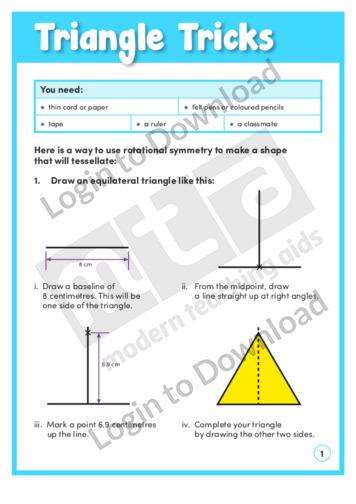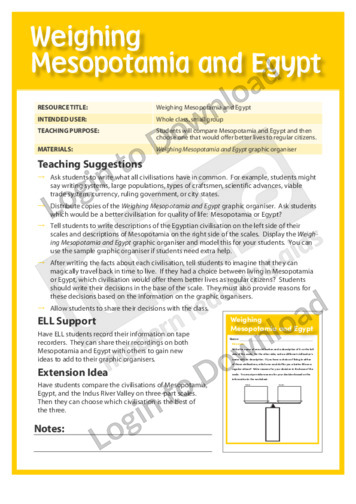This graphic organiser, ‘Appraising Art’ helps students to explore what they prefer and enjoy in art, then choose their favourite artist and write a review about their work.
This graphic organiser, ‘Assessing Picture Books’ asks students to look at different children’s books, analyse the art, then write a review of the art from their favourite book.
This graphic organiser, ‘Character and Me Wheel’ helps students to better know themselves, by thinking about their defining characteristics.
This graphic organiser, ‘Charlotte’s Web and Me Wheel’ asks students to compare themselves to four main characters in ‘Charlotte’s Web’ and write sentences that evaluate how they are like each character.
This learning activity, ‘Circle Power’, shows four children holding designs that they made with a circle-shaped block. Using circular shapes, students must work out how each design was made. An answer sheet is provided and includes accompanying teaching notes with suggestions for supporting learning and further exploration.
This graphic organiser, ‘Connect the Dots’ allows students to apply prior knowledge and understanding of a text to the world around them, as well as to themselves.
This graphic organiser, ‘Connect the Dots for Diary of a Wimpy Kid’ asks students to make connections between characters or simple events in literature to themselves, to other books they have read, or to people or events in their own lives.
This geometry and spatial sense worksheet, ‘Coordinates and Transformations’ allows for practice drawing transformations of shapes on a grid. Answer sheet provided with file download.
This hands-on activity, ‘Cut It Out’, explores reflection symmetry. Students cut designs into folded paper circles and then analyse the shapes when the circles are opened up. The accompanying teaching notes offer suggestions for supporting learning and further exploration.
The learning activity ‘Cut It Out!’, includes a learning activity that gives students opportunities to explore different kinds of symmetry. They fold and cut paper strips to discover the symmetry formed, and explain how it was made. An answer sheet is provided and includes teaching notes with suggestions for supporting learning and further exploration.
This graphic organiser, ‘Divided Time’ helps students generate original ideas and enhance their historical writing.
This measurement worksheet, ‘Flip, Slide or Rotate 1’ allows for practice with transformations. Answer sheet provided with file download.
This measurement worksheet, ‘Flip, Slide or Rotate 2’ allows for practice with transformations. Answer sheet provided with file download.
In this learning activity, ‘Getting in Line’, students use pattern blocks and mirrors to find the lines of symmetry in various shapes and patterns. An answer sheet is provided and includes teaching notes with suggestions for supporting learning and further exploration.
This shape worksheet, ‘Keep It Symmetrical’ asks students to practise drawing axes of symmetry.
This shape worksheet, ‘Mirror Images’ asks students to practise with symmetry.
This learning activity, ‘Pattern Pieces’, asks students to describe the symmetry of five designs. It includes a copy of the designs that students can cut out and manipulate. An answer sheet is provided and includes accompanying teaching notes with suggestions for supporting learning and further exploration.
This graphic organiser, ‘Picture My Science Topic’ provides students with the opportunity to draw mental images to aid the comprehension of a science topic.
This graphic organiser, ‘Picture This’ provides students with the opportunity to draw mental images to aid the comprehension of a text.
This graphic organiser, ‘Probability Tree’ helps students arrange information while solving problems.
This graphic organiser, ‘Probability Tree and Dice’ asks students to experiment with probability using dice and record their findings.
The learning activity ‘Reflect on This’ contains a variety of short problems for students to solve and discuss. Students need to use a range of strategies to support their thinking. The engaging problems involve paper folding, exploring symmetrical images on a calculator, changing lengths, and the distribution of pocket money. An answer sheet is provided …More
This learning activity, ‘Shaping Up’, prompts students to use a geoboard to classify triangles, and rods to analyse squares. Students record their investigations on the supplied geoboard grid sheet and square dot paper. An answer sheet is provided and includes teaching notes with suggestions for supporting learning and further exploration.
This graphic organiser, ‘Text to Self Connections’ assists students in developing comprehension and critical reflection skills. The use of a T-chart creates visual connections between features of the text and personal experiences. Being able to make connections is important when engaging with what is read and through using the Text to Self Connections resource, teachers …More
This graphic organiser, ‘The Great Depression and Divided Time’ helps students learn about the great depression and then compare it to their lives today.
This graphic organiser, ‘Timeline’ allows students to structure events into chronological or sequential order.
The hands-on activity, ‘Triangle Tricks’ allows students to create something wonderful from triangles and other shapes. Using the properties of the shape and rotational symmetry, students make tessellating shapes that can become interesting images. An answer sheet is provided and includes teaching notes with suggestions for supporting learning and further exploration.
This graphic organiser, ‘Weighing Mesopotamia and Egypt’ ask students compare Mesopotamia and Egypt and then decide which would offer better lives to regular citizens.
This graphic organiser, ‘Weighing the Past’ helps students examine and evaluate history to see if life today is better than life yesterday.
It�s that easy!

